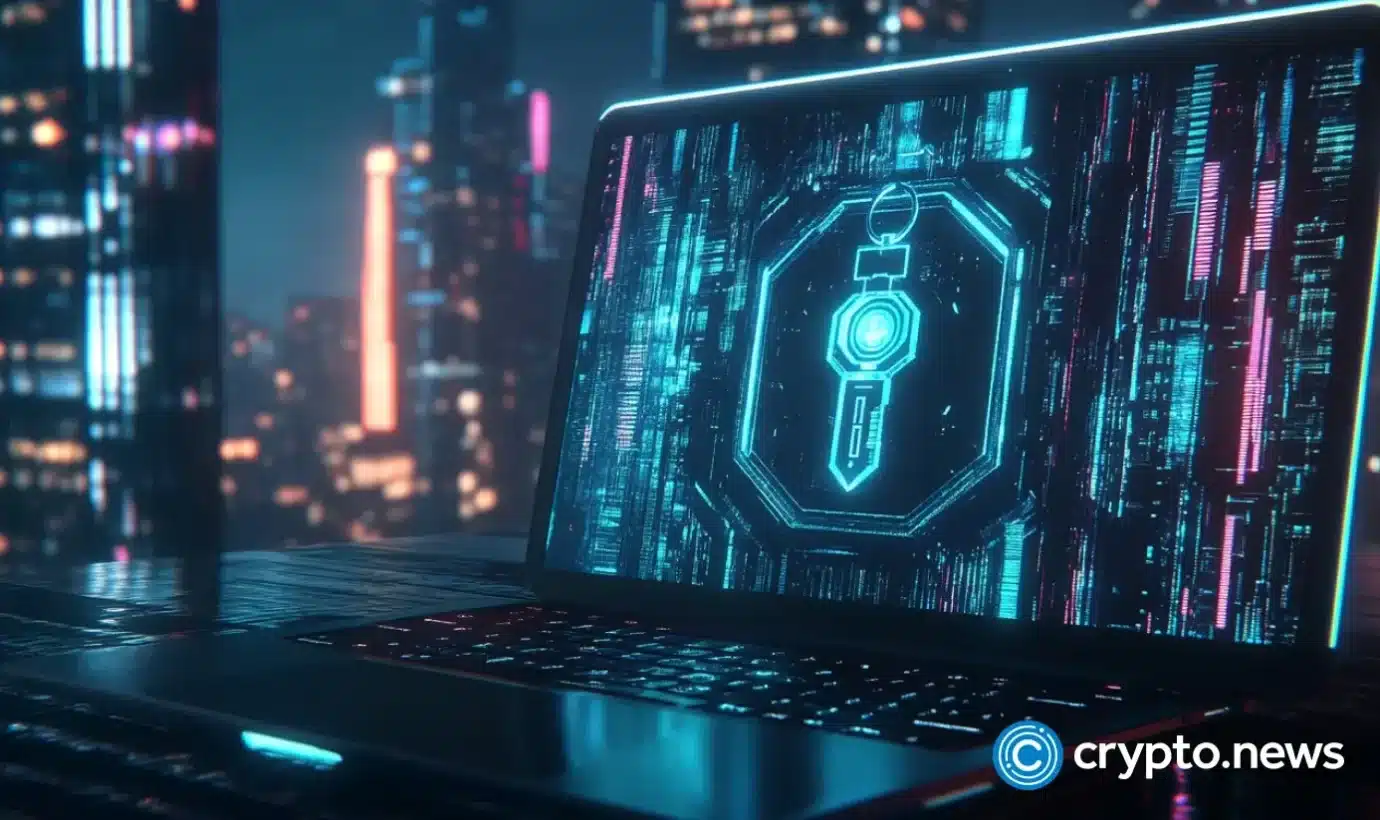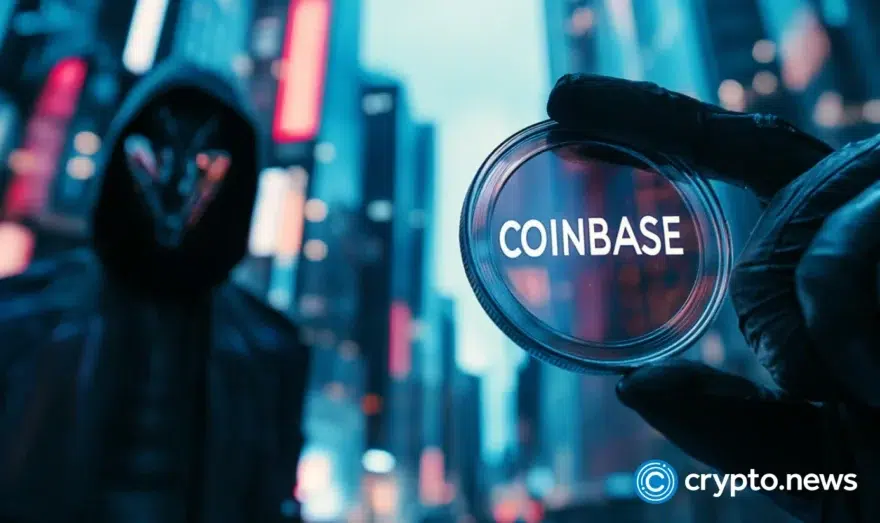Crypto wallet recovery without a private key or seed phrase | Opinion

Disclosure: The views and opinions expressed here belong solely to the author and do not represent the views and opinions of crypto.news’ editorial.
When forgetting their online banking credentials, individuals only need to visit their local bank branches with the necessary documents to identify themselves and recover access to their accounts. The same goes for traditional brokerages; they can reset their password online or contact support for assistance in the recovery process.
But while recovery is easy for custodial services like online banking and brokerages, things can get rather complex in crypto. On the one hand, self-custody significantly reduces counterparty risks and prevents a loss of funds in cases like the infamous Mt.Gox hack and the FTX bankruptcy. On the flip side, it also comes with more responsibilities for investors.
If crypto investors’ private keys or seed phrases go missing, there is no customer support team that can help them recover their self-custodial wallets. At this point, the funds are lost forever. In fact, a Chainalysis report estimates the loss of 3.7 million Bitcoin (BTC), worth over $220 billion at the price of $60,000, which accounts for 18.74% of the current circulating supply. At the same time, the personal research of Coinbase Director Conor Grogan reveals that more than 912,000 Ethereum (ETH) is lost forever (worth $2.41 billion). While it represents only 0.75% of the total circulating Ether supply, lost keys account for 27.5% of the cases.
The most common scenarios of losing access to crypto wallets
In which cases do veteran crypto users, web3 builders, and business owners lose access to their cryptocurrencies? Let’s look at some example scenarios to better understand the events that could lead to lost keys.
In Scenario One, a crypto user stores the private key on his desktop and backs up his seed phrase on the same device. After upgrading to a new device, he wipes his old computer’s hard drive clean, forgetting he stored his keys and seed phrases there. Consequently, his crypto holdings are gone forever.
Scenario Two presents another nightmarish case of human error. This time, an investor backs up his recovery phrase offline, printing it on a sheet of paper and storing it in his home along with other documents. However, after moving to a new apartment, the sheet with the seed phrase goes missing, and the investor fails to recover his wallet.
In Scenario Three, the founder of a crypto startup trusts the organization’s chief operating officer to manage the company’s finances. In addition to the business’ bank and exchange accounts, the COO controls all the private keys belonging to the project’s digital asset wallets. After a heated dispute with the founder and other team members, the chief operating officer resigns, refusing to provide access to the startup’s crypto wallets.
While the organization can regain control over its custodial accounts, it can’t interact with its digital asset holdings because the COO left with the private keys. In this case, a criminal investigation is the only reasonable course of action the startup can take to recover its assets. However, the case can take multiple years to conclude, and success is not guaranteed.
The above are only a few examples of how experienced crypto users can lose access to their digital asset wallets. Other cases of lost crypto may involve data corruption, hardware failures, malware, hacks, counterparty risks, mortality, and fraud.
Prevent locking users out of their crypto wallets
If crypto investors have neither access to their private keys nor their seed phrases, the only hope for them is wallet recovery solutions. However, the chances of success are tiny in most cases, and many fraudulent providers operate in this space, asking for upfront payments without providing any real service.
That is why a more efficient alternative to wallet recovery services is a decentralized trust. When creating a decentralized trust, crypto investors designate a backup wallet in case something happens with their main wallets. Suppose they accidentally misplace their private keys and seed phrases, losing access to the digital assets stored in their main wallets.
In that case, after several months without activity, the decentralized trust’s recovery mechanism automatically transfers users’ assets from their main to their backup wallets. As investors have access to their backup wallets, they can now interact with their cryptocurrency wealth, which would otherwise be considered lost.
There’s also no need to worry about a loss of funds due to the owner’s mortality. A decentralized trust can be configured to pass on inheritance to heirs based on the terms and predetermined conditions set by granters.
The next step in the evolution of crypto wallets
With multisig technology, decentralized trusts require multiple private keys to sign transactions. This eliminates single points of failure (like the case with the crypto startup’s COO in Scenario Three), reduces the chances of human error, and safeguards funds against unauthorized access.
Thus, a decentralized trust is the perfect choice for decentralized autonomous organizations, distributed Web3 teams, non-profits, and other crypto organizations to collectively manage their assets efficiently. Business owners and DAO members can even configure signature rights in a flexible way to secure the project’s assets and prevent funds’ misappropriation.
Available at a fraction of the costs of their traditional counterparts, decentralized trusts provide an effective solution for recovering access to lost wallets. As the next step in the evolution of crypto wallets, they have the potential to become popular solutions for storing cryptocurrencies. When more investors replace their old wallets with decentralized trusts, fewer digital assets will be lost to human errors, fraud, hacks, counterparty risks, and single points of failure. Eventually, this will help create a more secure and resilient crypto industry.













